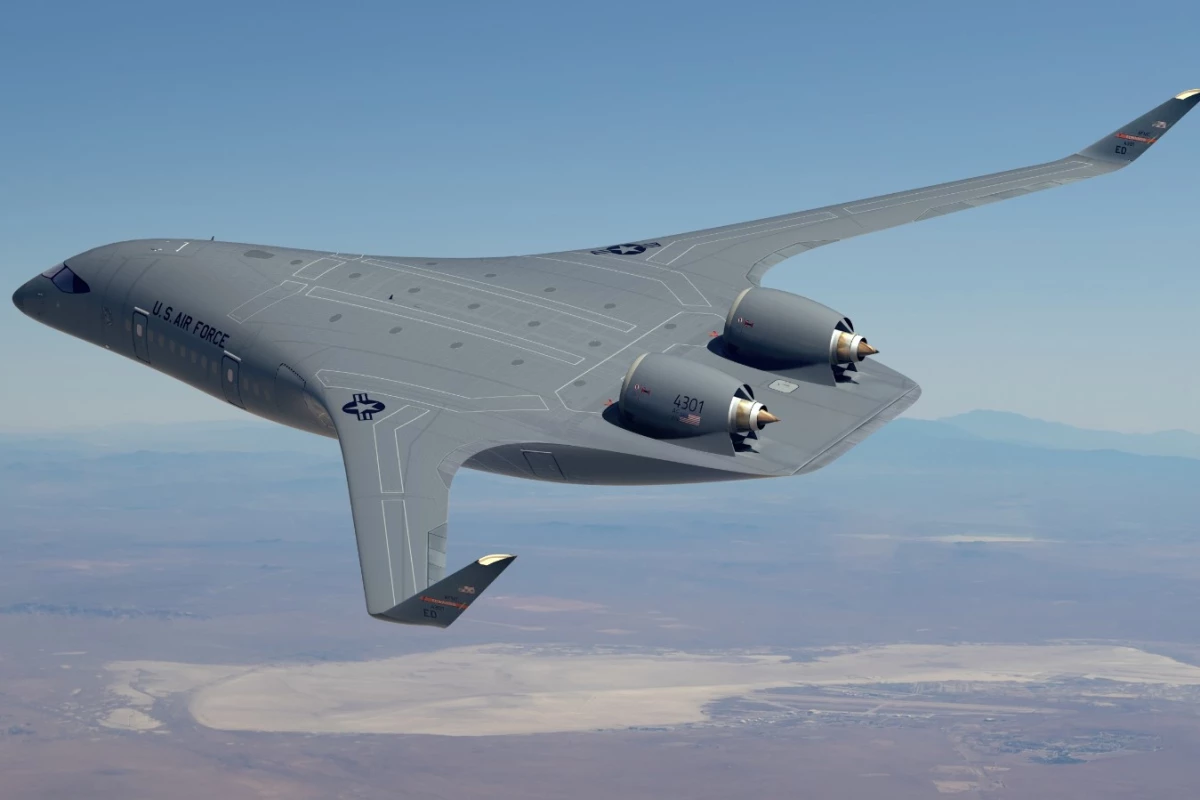Under a US$235-million contract, the US Air Force has tapped JetZero to build a prototype blended wing aircraft as a way to advance and demonstrate the capabilities of the technology that could lead to a new class of military transports.
Napoleon said that an army travels on its stomach, but today it's more accurate to say that it travels on a fleet of globe-spanning transport planes carrying ammunition, personnel, equipment, and all the necessities of life with an ease that would have been unimaginable a century ago.
The US Air Force estimates that transport aircraft consume 60% of its jet fuel. That's 1.2 billion gallons (4.5 billion liters) every year. To reduce this, the Air Force, along with NASA and the Defense Innovation Unit, is looking at blended wing aircraft as a possible solution.
Sort of a half-way point between a conventional airliner and a flying wing, a blended wing body reduces drag by at least 30%, and therefore increases efficiency by effectively making the fuselage into an airfoil that generates lift along with the wings. This reduces noise and allows for considerable fuel savings of up to 50% and a much larger payload space for passengers and cargo, while still being able to operate from existing airports.
The large interior space has been seen as a negative for civilian passenger service because of the lack of windows, but military applications would focus more on in-flight refueling tankers and carrying cargo. As to passengers, military personnel are already used to flying in what is essentially steerage without any windows.
In addition, by placing the engines atop the fuselage, greater efficiency can be gained while allowing the aircraft to operate from unpaved airstrips.
"Blended wing body aircraft have the potential to significantly reduce fuel demand and increase global reach," said Secretary of the Air Force Frank Kendall. "Moving forces and cargo quickly, efficiently, and over long distance (sic) is a critical capability to enable national security strategy."
The first prototype is expected to take to the air by 2027.
Source: US Air Force





